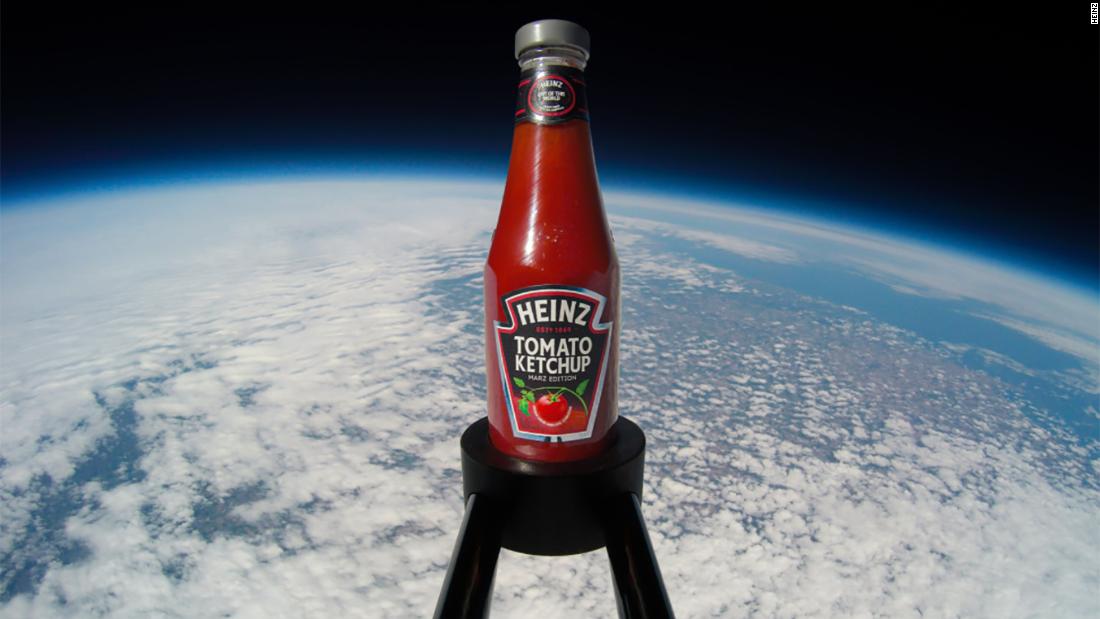The first stage of the powerful SLS rocket used by NASA's Artemis II lunar probe leaves a factory in New Orleans and travels to central Florida (USA).
The stage, 65 meters tall and manufactured by Boeing, left the US space agency's assembly center Michoud facilities in New Orleans (Louisiana) on Tuesday and began its nearly 1,500-kilometer journey to its final destination, the Kennedy Space Center. .
There, the stage will be assembled with another rocket and the Orion capsule, which will carry the four crew members of Artemis II, a ten-day mission that will take off in September 2025 and orbit the moon, but not land. .
The launch of the SLS rocket stage headed for Florida coincided with the 55th anniversary of the Apollo 11 launch on July 16, 1969.
“With Artemis, we set our sights on doing something big and incredibly complex that will inspire a new generation and advance our science efforts,” said Catherine Koerner, associate administrator for NASA's Exploration Systems Development Mission Directorate.
Before receiving the shuttle, the SLS (Space Launch System) rocket will undergo additional equipment at Kennedy Center, including a pair of twin booster rockets. The Orion ship is already in Florida.
It is the largest rocket ever made by NASA and has four powerful RS-25 engines, as well as two large tanks that hold more than 733,000 gallons of super-cold liquid propellant.
During launch, the SLS will operate for no more than 8 minutes, during which time it will lift the Orion spacecraft out of Earth's atmosphere and into orbit toward the natural satellite.
NASA's Artemis program is ushering in a new chapter in space exploration and aims to lay the foundation for a permanent human presence on the Moon.
Artemis I, the Orion vehicle's unmanned test flight, successfully completed one orbit in 2022. After Artemis II in 2025, the US space agency plans to send in September 2026 what will be the first mission to reach the lunar surface in more than 50 years, Artemis III.



:format(jpeg):focal(2425x1295:2435x1285)/cloudfront-us-east-1.images.arcpublishing.com/gfrmedia/M7YRVW2A7BCQZJO2UCRK5Q2JQE.jpg)
